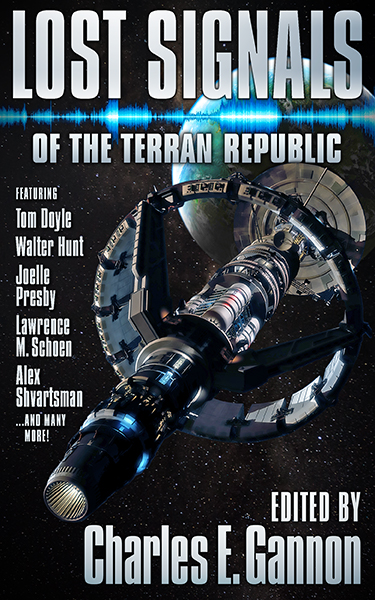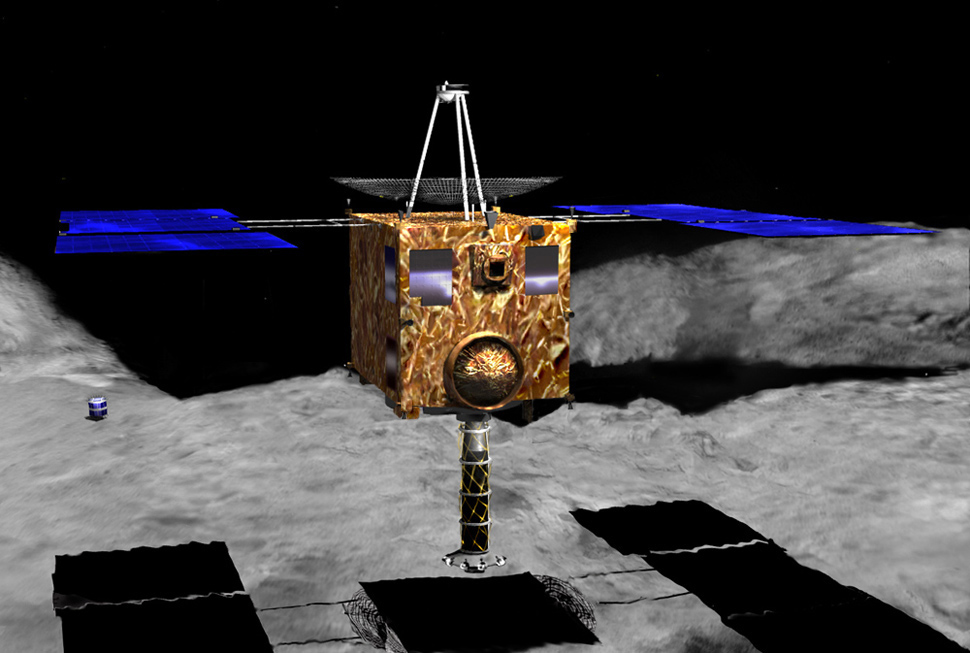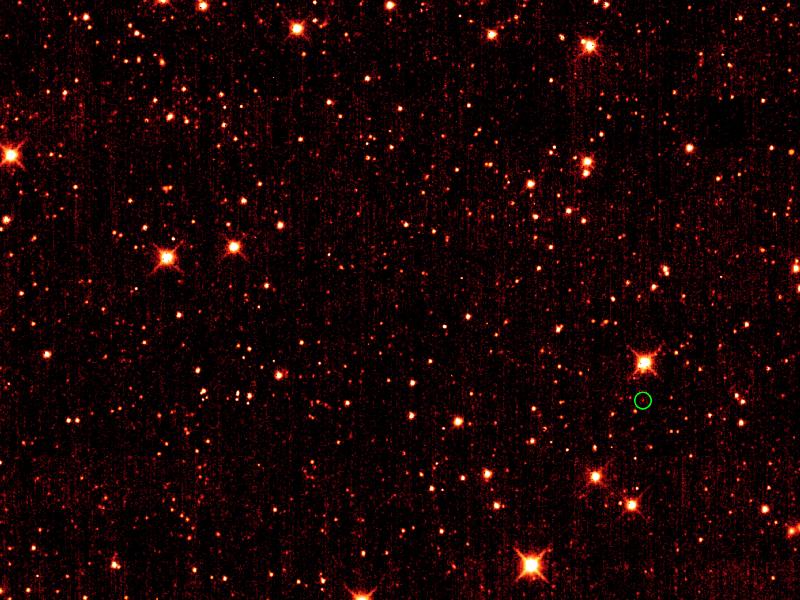Late last week I announced that Lost Signals of the Terran Republic, an anthology set in Charles E. Gannon’s “Caine Riordan” universe, is available for preorder right now. In that post, I included the opening of my story, “Botwright.”
Today’s snippet pays homage to Isaac Asimov and his “Laws of Robotics” against robots harming human beings. In the scene, our misfit robot maintainer — a/k/a “botwright” — Lloyd Cramer and his friend Eric Moorefield have just been attacked by the asteroid mining foreman who murdered a young lady. In the melee, Cramer sent out a distress call to the “Semi-Autonomous Multifunctional Miner/Mechanic” (or, SAM) robots he takes care of — and which take care of him.
We pick up the action …
A SAM’s foremost port ventral arm grabbed the mining foreman by the head, then the robot pirouetted as a few of its other limbs grabbed on. Still using two limbs against grab bars, it pressed the foreman into the nearest bulkhead as if it were trying to mate with him. Ashworth struggled against it but found no purchase, and the machine … so effectively covered his face that Ashworth could not even cry out for mercy.
… Moorefield’s eyes narrowed, and he spoke in a low, almost menacing tone. “You teach that bot to do that?”
Cramer shrugged, forgetting for a moment that he wasn’t well-grounded. He grabbed a handhold and said, “I told it to protect me.”
“Didn’t think that was possible.”
Cramer looked down into the lower corner of the shop. “Not allowed … not the same as not possible.”
“True enough,” Moorefield said. “But what would Asimov say?”
Cramer shrugged again, but held himself in place. Now was not the time to debate the difference between artificial intelligence and artificial knowledge. “The laws of robotics are written by the programmers.”
What will happen next? We’ll have to see.

Pretty spiffy cover, eh?
If you want to read more — and in particular if you want to get all the stories by a tremendous group of authors — you can preorder the anthology either as a Kindle e-book or a trade paperback. Order today!
I hope you like all the stories!











